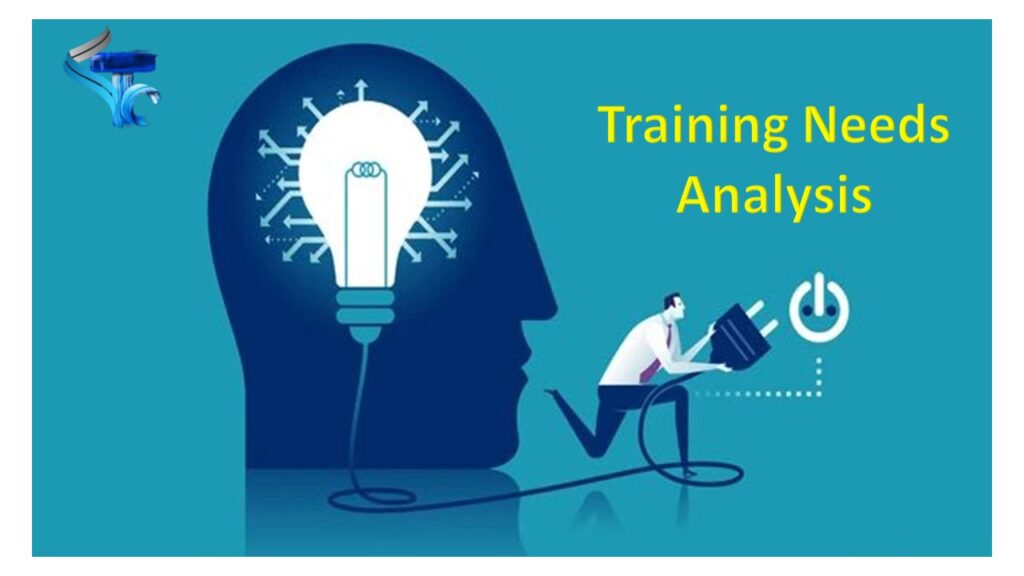In today’s fast-paced business landscape, the key to staying competitive lies in the continuous development of employees’ skills and competencies. To achieve this, organizations must identify their training needs accurately. This article explores the concept of Training Need Analysis (TNA) and its crucial role in enhancing workforce performance and achieving organizational goals.
Understanding Training Needs Analysis (TNA)

Definition and Purpose of Training Needs Analysis
Training Need Analysis (TNA) is a systematic process that helps organizations identify the gap between their employees’ existing skills and the skills required to meet the business objectives. The primary purpose of TNA is to ensure that training initiatives are strategically aligned with the company’s long-term goals and individual employee development needs.
Benefits of TNA
TNA offers several significant benefits to organizations:
- Enhanced Performance: By focusing on specific skill gaps, employees can acquire the necessary competencies to excel in their roles.
- Cost-Effectiveness: TNA helps in allocating training resources efficiently, avoiding unnecessary expenses.
- Increased Employee Morale: When employees receive targeted training, they feel valued, leading to improved job satisfaction and retention.
- Organizational Growth: A well-executed TNA aligns employee development with the company’s growth trajectory.
The Process of Conducting Training Needs Analysis
Step 1: Identifying Organizational Goals: The first step in TNA involves understanding the organization’s mission, vision, and strategic goals. By aligning training initiatives with these objectives, companies can ensure that their workforce contributes effectively to the overall success.
Step 2: Evaluating Employee Performance: A thorough evaluation of employee performance is essential to identify strengths and weaknesses. Various performance metrics and assessments can provide valuable insights into individual and team capabilities.

Step 3: Identifying Skill Gaps: Comparing the desired skill set with the existing skills of employees helps pinpoint specific areas that require development. These skill gaps form the foundation for targeted training programs.
Step 4: Prioritizing Training Needs: Not all skill gaps have the same level of impact on business outcomes. Prioritization allows organizations to focus on high-priority areas and allocate resources effectively. Check out this article on how to create learning objectives.
Methods and Tools for Conducting Training Needs Analysis
Surveys and Questionnaires: Surveys and questionnaires enable organizations to gather feedback from employees at all levels, providing valuable insights into their training needs and preferences.

Interviews and Focus Groups: Direct interactions with employees through interviews and focus groups offer a deeper understanding of their skill requirements and perspectives on training.
Performance Appraisals and Reviews: Performance appraisals and reviews offer a structured way to assess employee performance and identify areas for improvement.
Observations and Job Analysis: Observing employees in their work environment and analyzing job roles can reveal specific training needs for each position.
Benchmarking and Competitor Analysis: Studying industry benchmarks and competitor practices helps identify training areas that provide a competitive advantage.
Steps in Conducting Training Needs Analysis:
Step 1: Gathering Information: The first step of TNA involves collecting relevant data about the organization, its structure, job roles, and current skill levels. Surveys, interviews, and performance evaluations can be valuable sources of information.
Step 2: Identifying Performance Gaps: Once the data is gathered, it is analyzed to identify performance gaps between the desired and actual skill levels. These gaps highlight the areas that require targeted training interventions.
Step 3: Setting Objectives: With performance gaps identified, clear and specific training objectives are established. These objectives serve as guidelines for developing training programs that address the identified deficiencies.

Step 4: Designing Training Programs: Designing effective training programs is a critical aspect of TNA. The training should be engaging, interactive, and tailored to the learning styles of employees. The best way to design effective training needs analysis is to follow the ADDIE or Kirk-Patrick method of Instructional Designing methods.
Step 5: Implementing the Training: Once the training programs are designed, they are implemented, and employees participate in the learning process. Trainers and facilitators play a key role in ensuring the effectiveness of the training.
Step 6: Evaluating the Results: After the training, the outcomes are evaluated to measure its effectiveness and impact on employee performance. Feedback from employees and key stakeholders is valuable in assessing the success of the training.
Note
Challenges in Training Needs Analysis
The following are the list of the major challenges when it comes to conducting training needs analysis:
- Lack of Data and Information: Limited or inaccurate data can hinder the effectiveness of TNA, making it vital to invest in data collection and analysis.
- Resistance to Change: Employees may resist TNA-driven changes, making it essential to communicate the benefits and involve them in the process.
- Budget Constraints: Limited budgets can pose challenges to implementing comprehensive training programs, requiring organizations to prioritize judiciously.
- Time Limitations: The time required to conduct TNA may clash with other operational priorities, necessitating efficient planning and execution.
Overcoming Challenges and Maximizing TNA Success
- Involving stakeholders from different levels of the organization ensures a holistic and more accurate TNA outcome.
- Using technology-driven tools and platforms can streamline data collection and analysis, improving the overall TNA process.
- Pilot training programs allow organizations to test the effectiveness of their training initiatives before full-scale implementation.
Tips to Implement Training Programs after conducting Training Needs Analysis
- Training modules should be designed to address specific skill gaps effectively, ensuring relevance and engagement.
- Choosing appropriate training methods, such as workshops, e-learning, or on-the-job training, enhances the learning experience.
- Choosing appropriate training methods, such as workshops, e-learning, or on-the-job training, enhances the learning experience.
Differences between Training Needs Identification (TNI) and Training Needs Analysis (TNA)
Training Needs Identification (TNI):
- TNI is the initial step of the training process, where potential areas for improvement are identified broadly.
- It involves gathering preliminary data and conducting discussions to assess the overall needs of the organization.
- TNI is more of a general assessment of training needs, and it does not provide specific details on individual skill gaps or performance issues.
Training Needs Analysis (TNA):

- TNA is a more in-depth and structured process that follows TNI.
- It involves detailed data collection and analysis to identify specific skill gaps and individual training requirements.
- TNA provides a comprehensive understanding of the organization’s training needs and allows for targeted and effective training interventions.
In summary, TNI sets the stage for TNA by identifying potential training areas, while TNA delves deeper into the specifics to develop tailored training programs that meet the organization’s goals and employee needs.

![The Power of Storytelling in Corporate Training: Igniting Success and Inspiring Growth [2023]](https://trainercentric.com/wp-content/uploads/2023/06/storytelling-1024x576.jpg)

